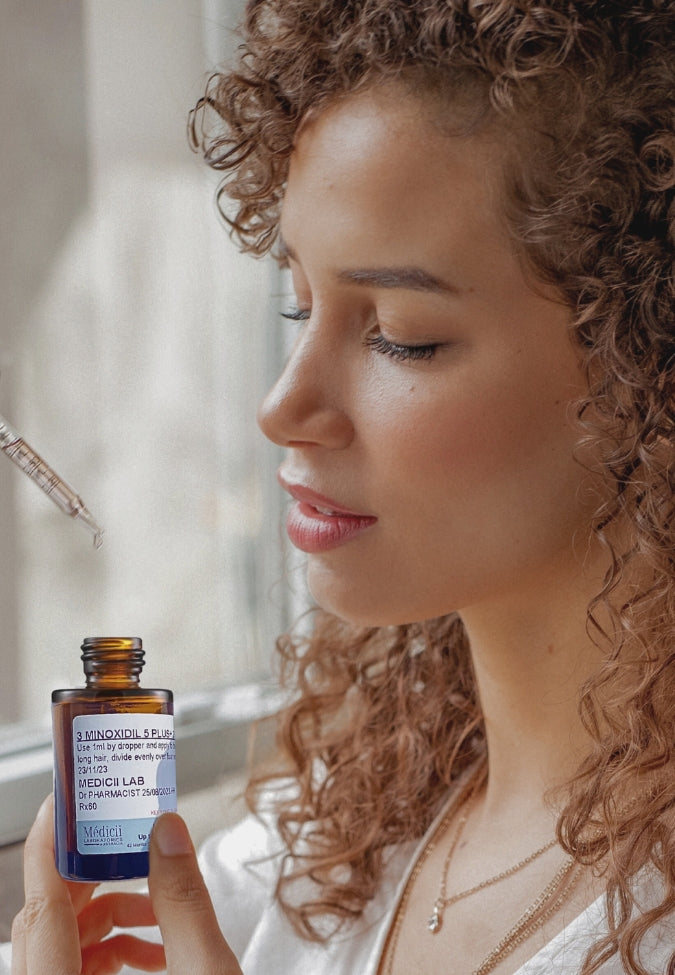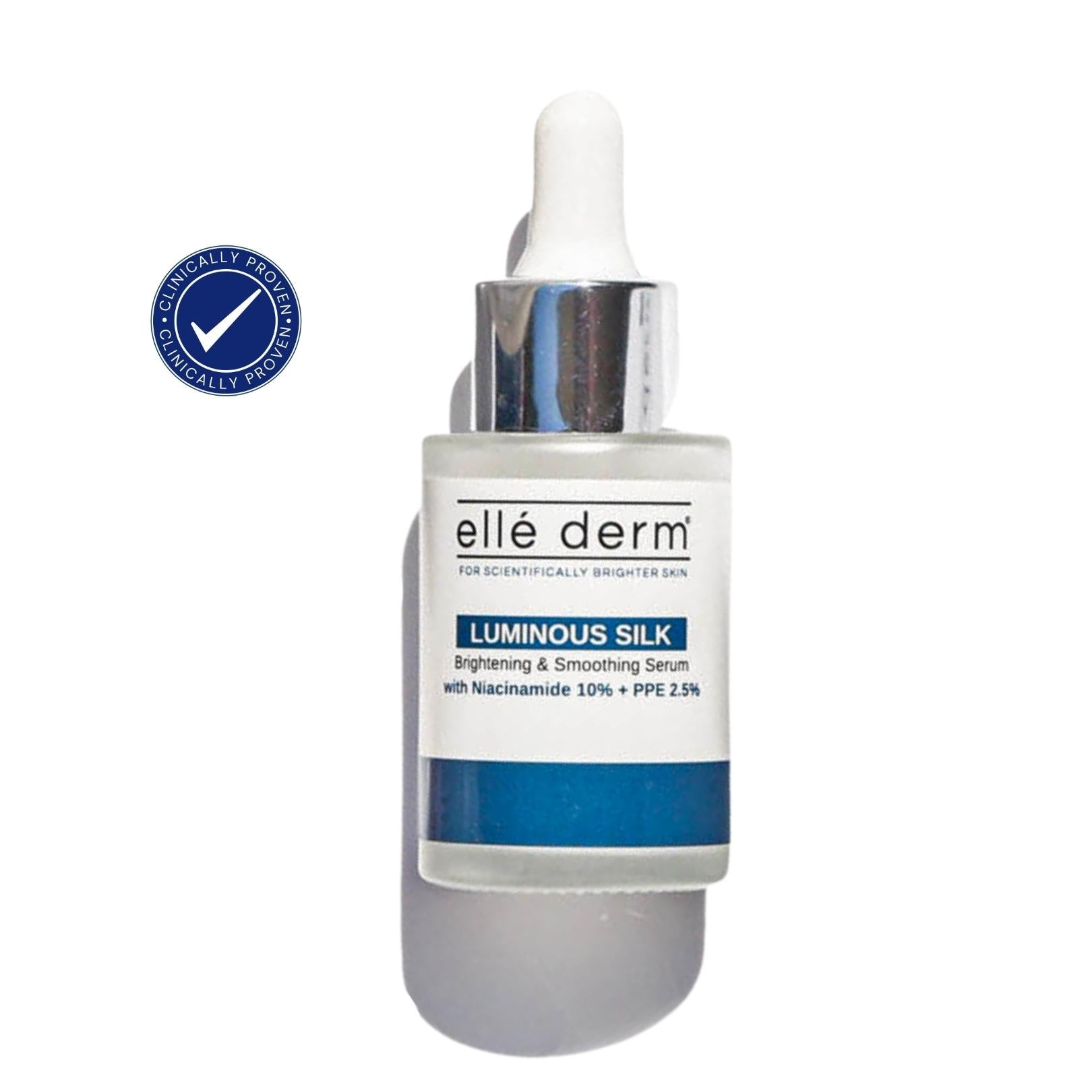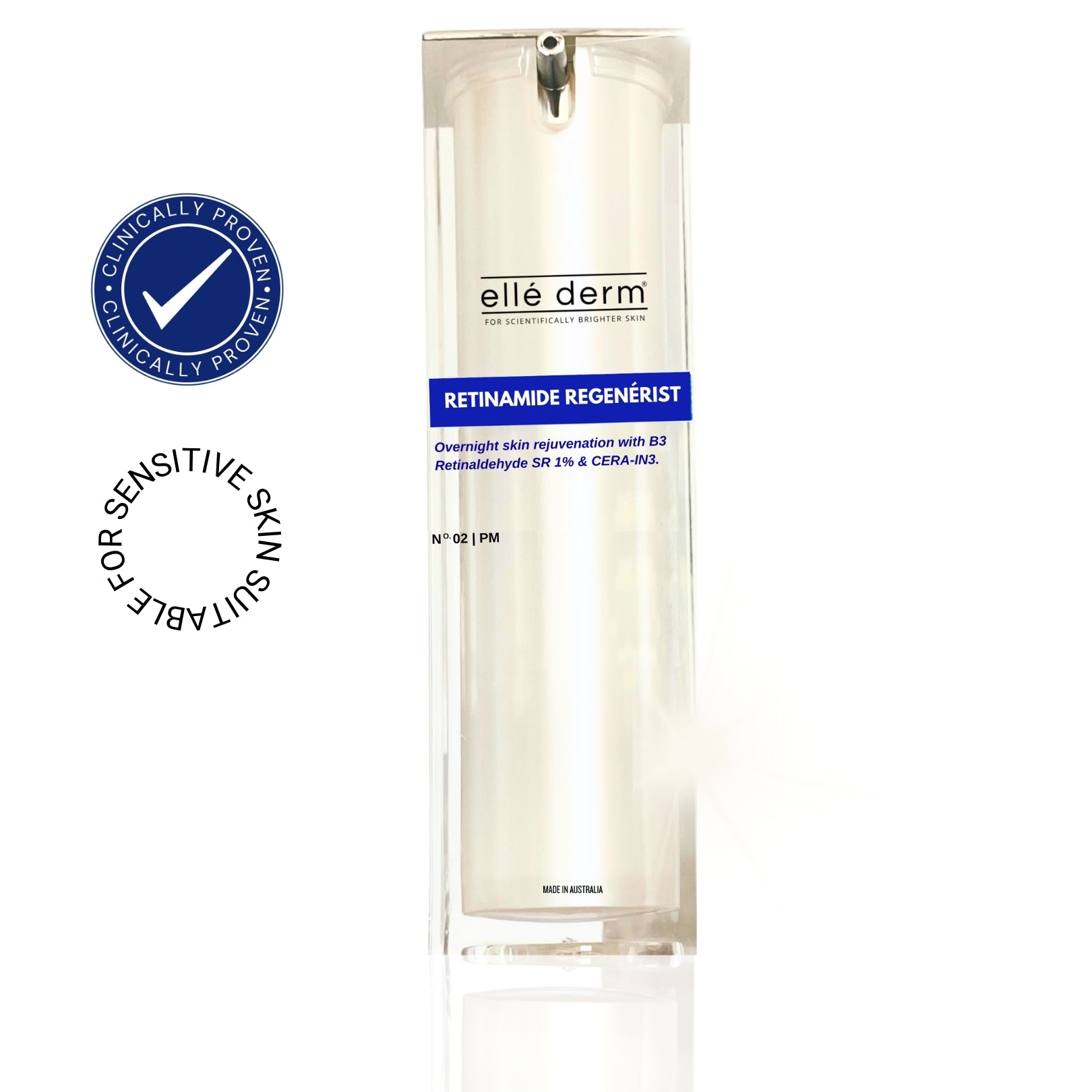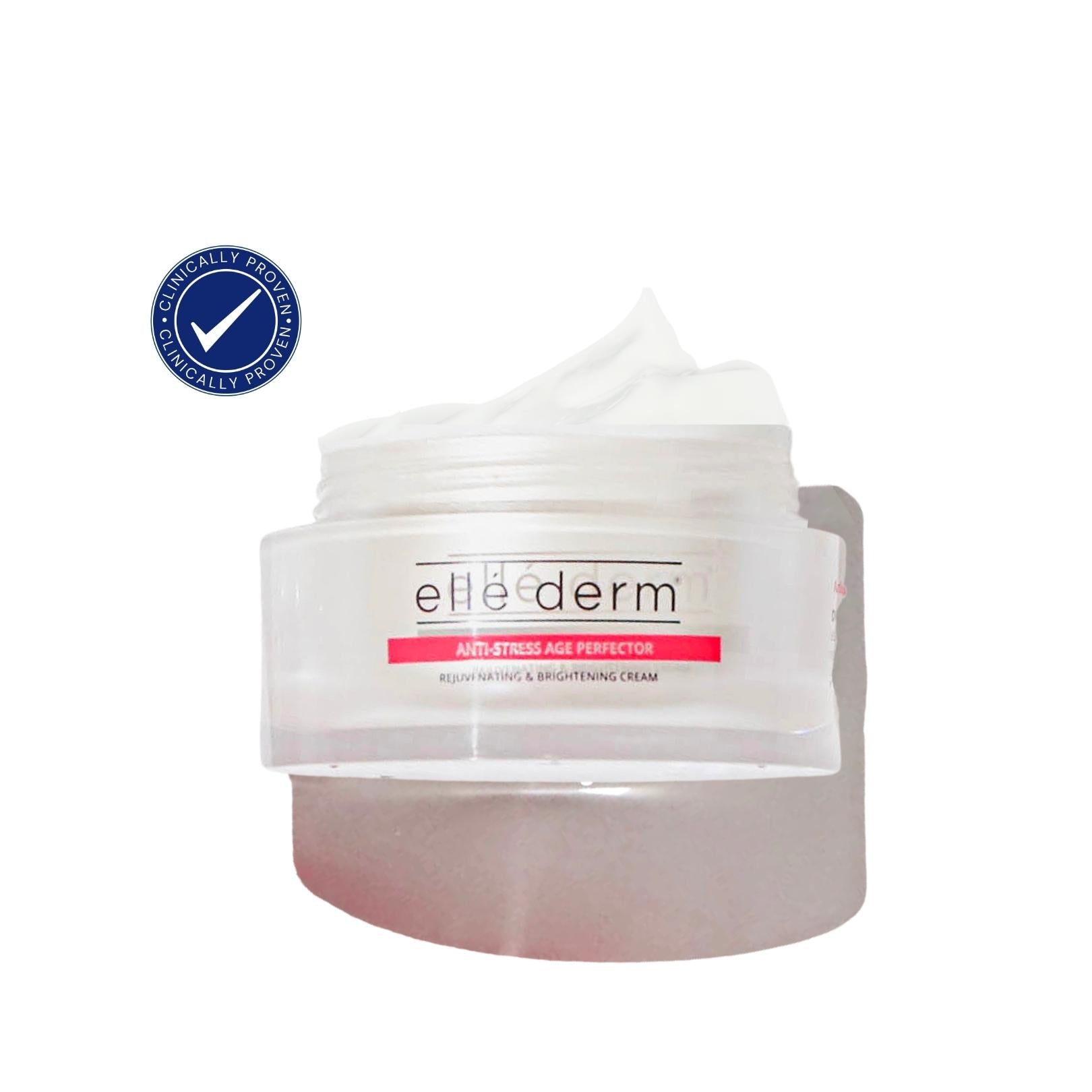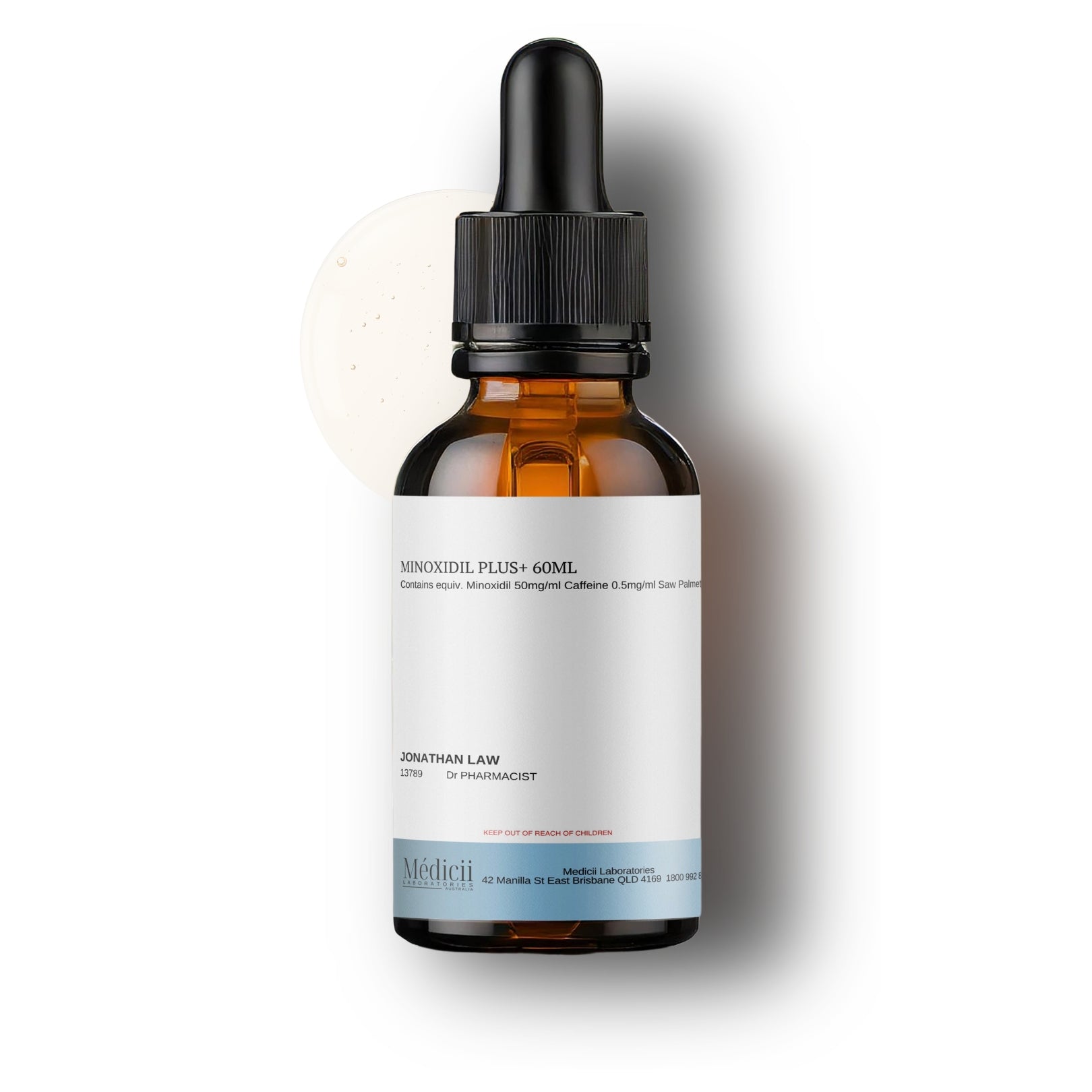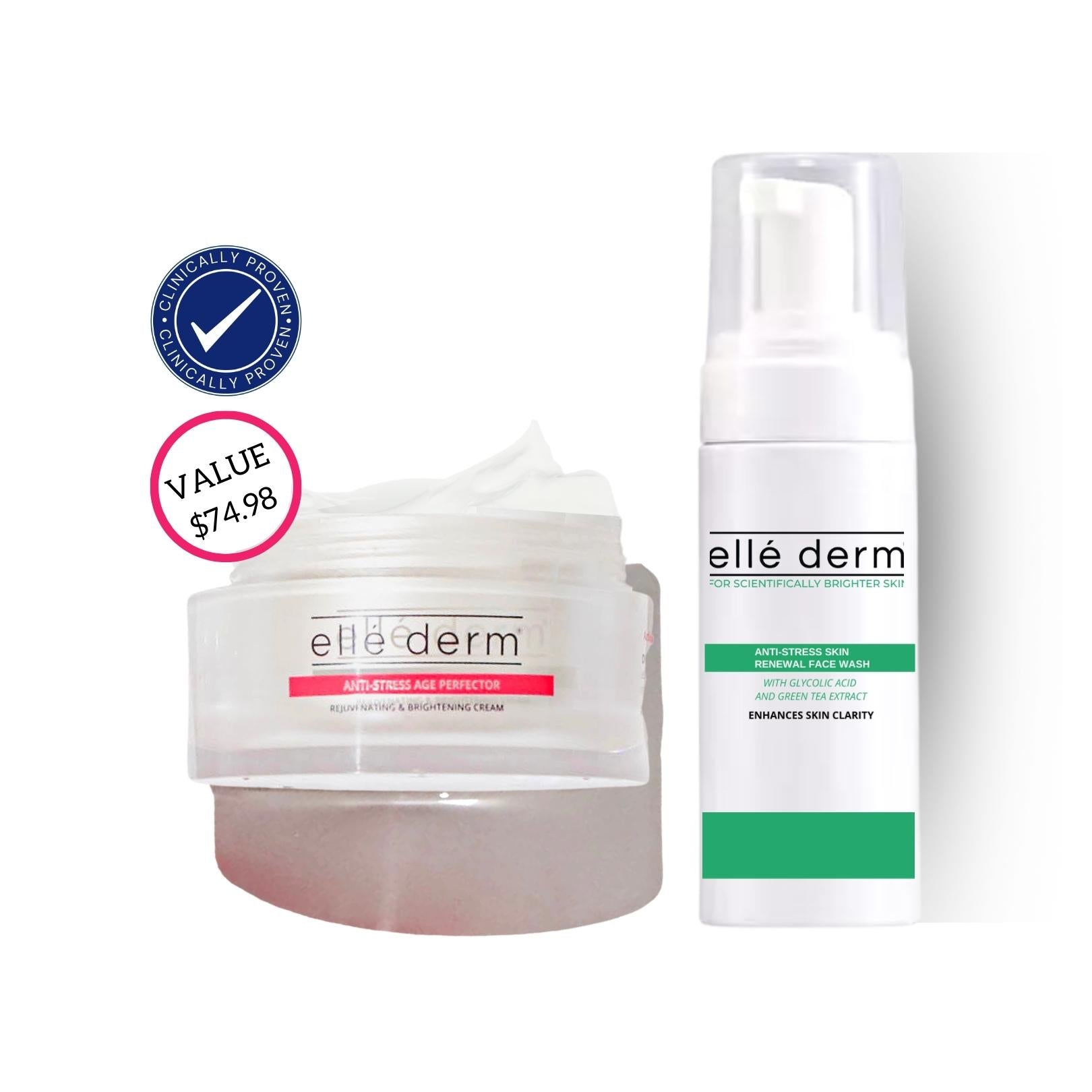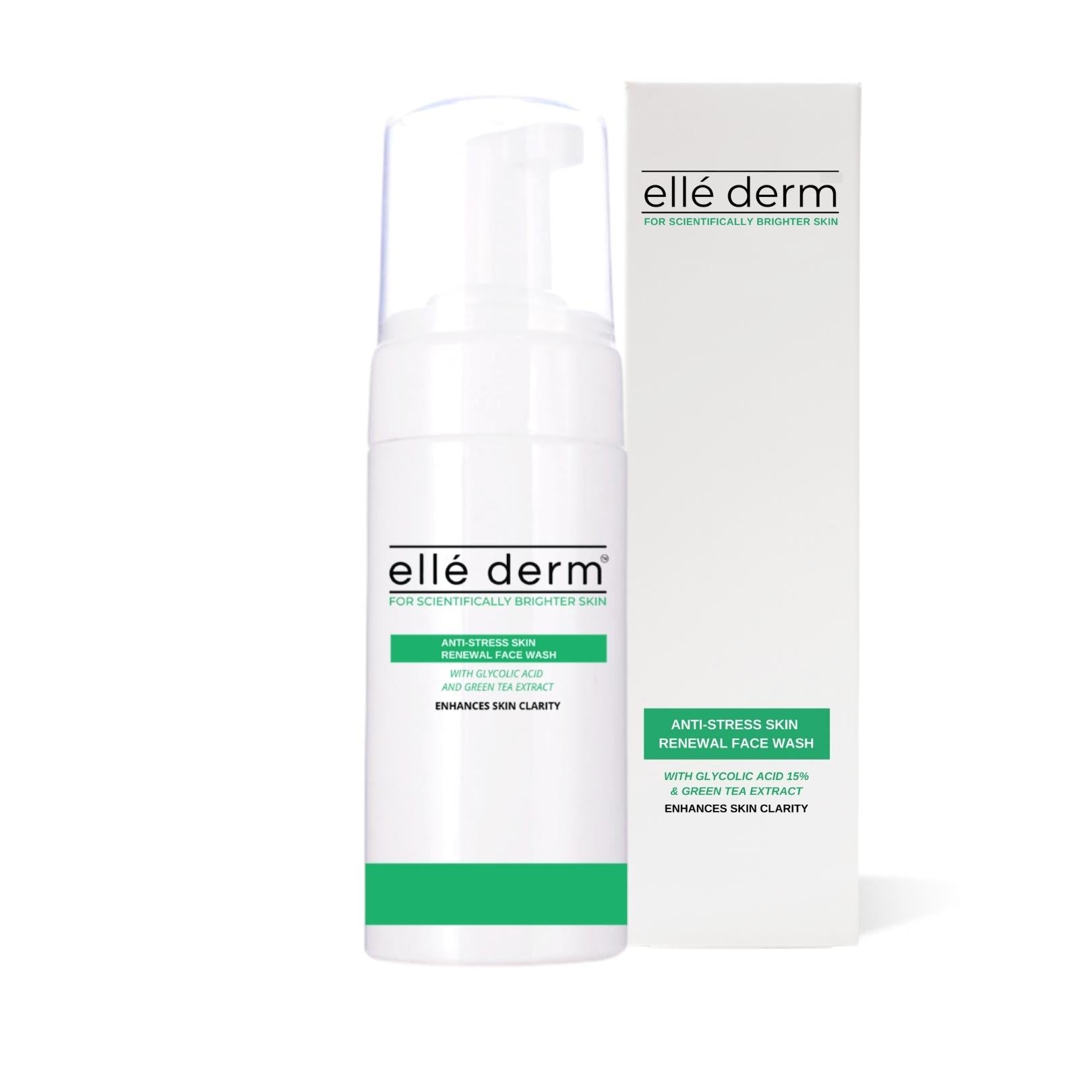
How to Get Rid of Red Acne Marks - Tips from a Pharmacist
Many experts recommend the same treatment for red acne marks and brown acne marks. Whilst Retinol, Vitamin C and Glycolic Acid can eliminate brown acne marks over time, the same ingredients cannot remove red acne marks. Red acne marks will gradually become brown acne marks when it is not properly managed.
The outdated technique for removing red acne marks exponentially increases the risk of damage to small capillaries and provide time for red acne marks to become brown acne marks. Unfortunately, red acne marks will only respond to exfoliants such as Retinol, Glycolic Acid and Vitamin C once they become brown. Hence, red acne marks appear to leave a long-lasting impression (and not in a good way!).
If you have ever used Retinol, Vitamin C or exfoliating pads to get rid red acne marks without any success, do not fret! This is not all in your mind and you are not alone.
Red acne marks and brown acne marks are not the same.
Brown acne marks are also known as post-inflammatory hyperpigmentation. Brown acne marks are more common in people with olive to dark skin tones and occur when skin cells become infected and inflamed. Inflammation triggers the melanocytes to produce more melanin, causing hyperpigmentation. Brown marks can last for many months and even years.
Red acne marks are also known as post-inflammatory erythema or PIE. Red acne marks are more common in people with lighter skin tones, including Fitzpatrick Skin Type IV. Red acne marks are caused by damage to small blood vessels or due the growth of new blood vessels during the inflammatory process. When left untreated, red acne marks become brown acne marks.
Brown acne marks and red acne marks are not true scars because they do not cause alterations to the underlying collagen fibres. Their long-lasting effect leaves a similar impression to that of a scar and is often referred to as a scar.
Brown and red acne marks are usually flat and will fade over time (Figure 1). However, this can take months or even years, depending on the severity. A true acne scar is never flat. It is often raised or leaves indents on the skin. True acne scars are complex and there are many types (Figure 2).
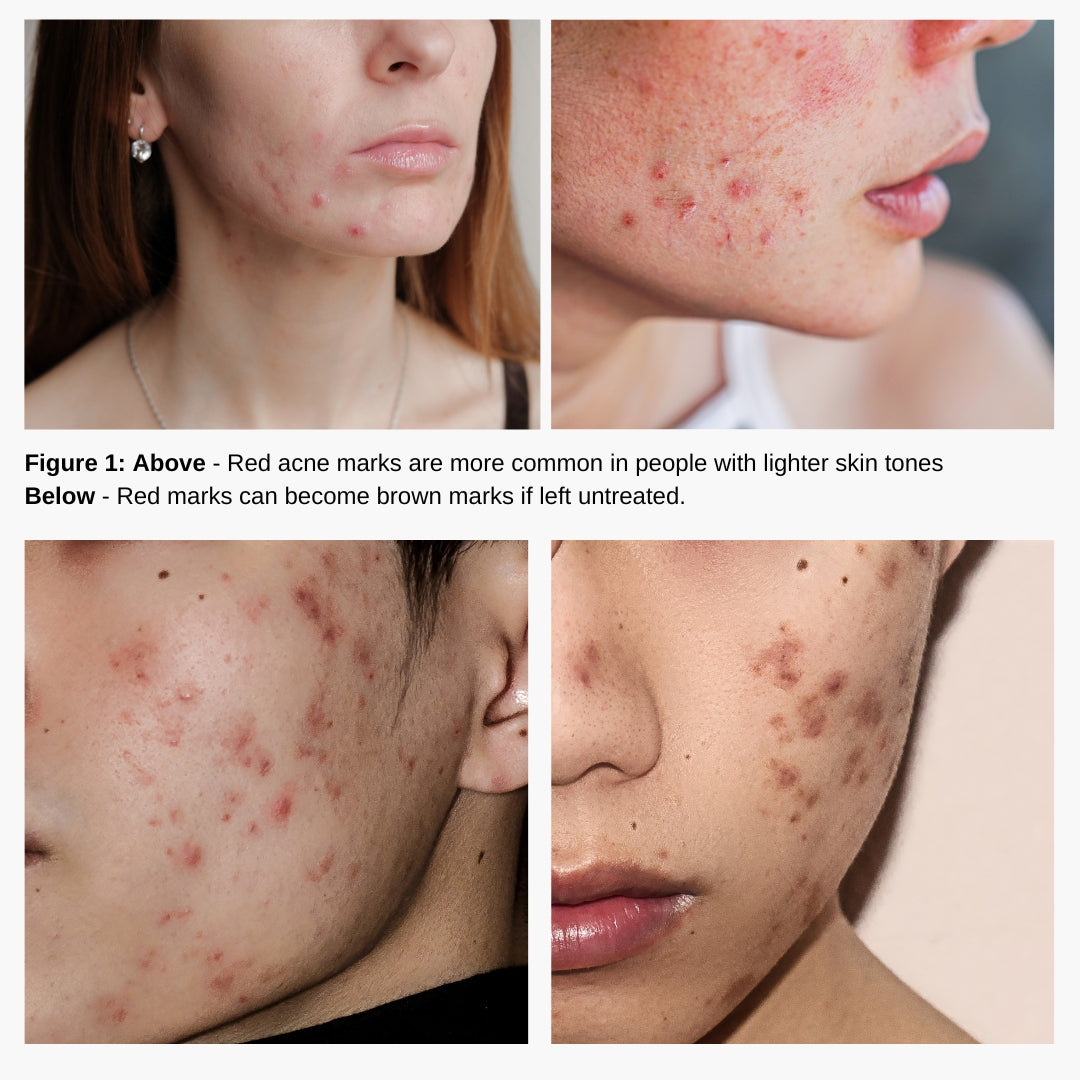

How to Remove Red Acne Marks Naturally
The best and most effective solution to get rid of acne marks is by applying the Retinamide Forté Red Scar Therapy Gel.
Retinamide Forté Red Scar Therapy Gel is formulated specifically to get rid of red acne marks. Red Scar Therapy Gel contains Alpha-linoleic Acid and Manuka Honey - two potent inhibitors of inflammation. Apply the gel to the affected areas two to three times daily and before bed to rapidly reduce the appearance of red acne marks overnight.
Author: Helen Huynh BPharm MPS
References:
1. Connolly, D et al (2017). "Acne Scarring - Pathogenesis, Evaluation and Treatment Options." Journal of Clinical and Aesthetic Dermatology. 2017 Sep; 10(9): 12–23.
2. Fabrocinni, G et al (2010). "Acne Scars: Pathogenesis, Classification and Treatment." Journal of Dermatology Research and Practice. Published online 2010 Oct 14. Accessed June 4, 2023 at doi: 10.1155/2010/893080


